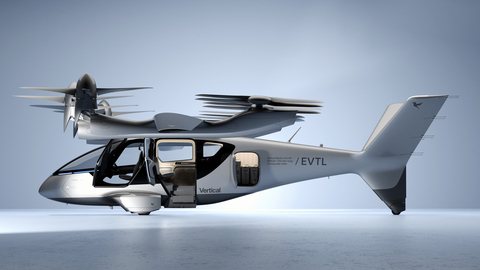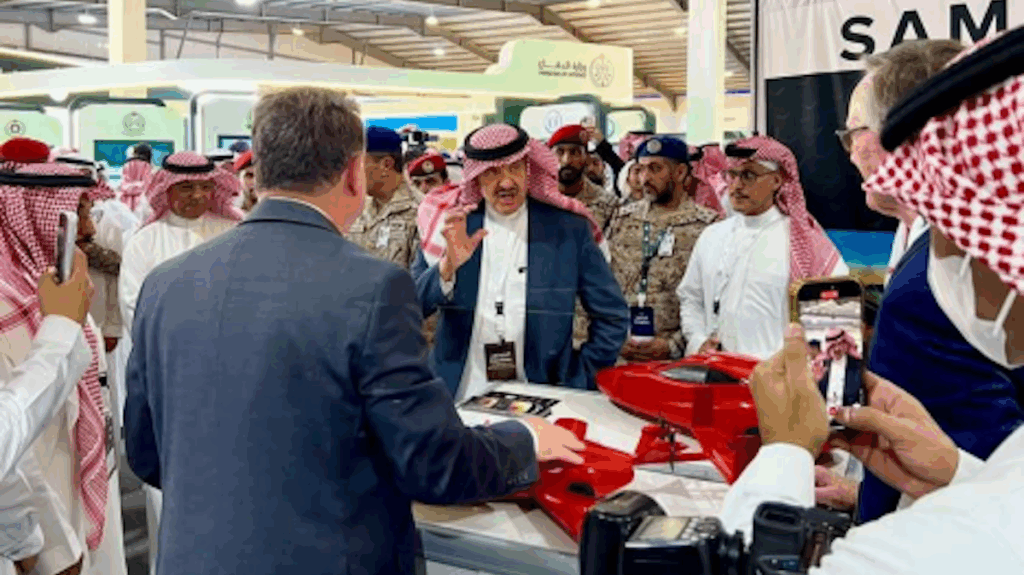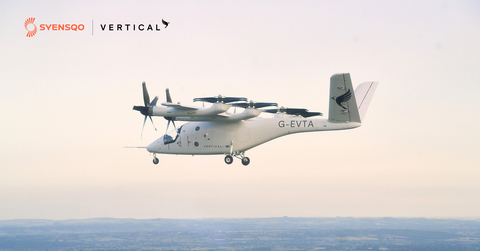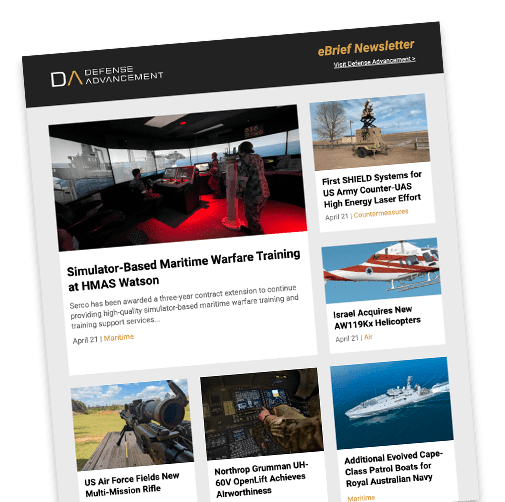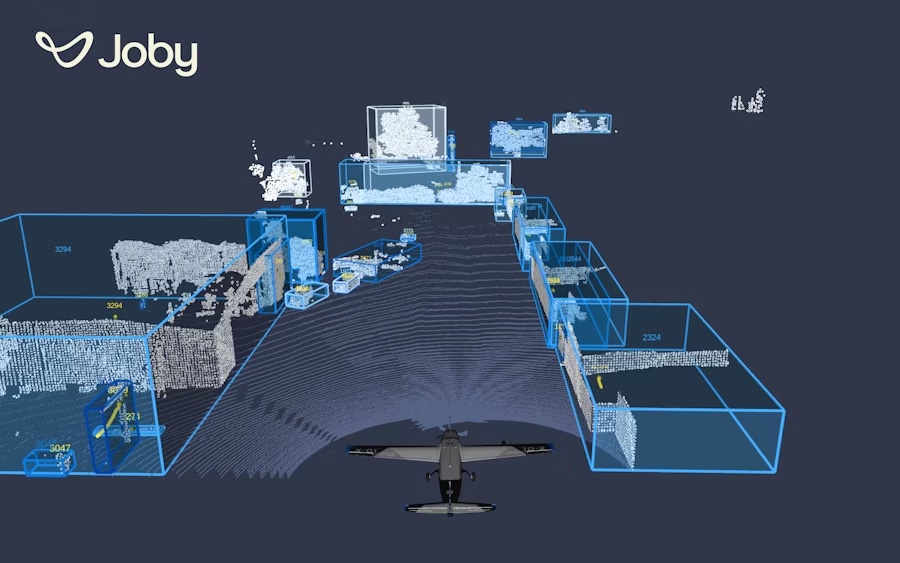
Joby Aviation, Inc. has announced a collaboration with NVIDIA, positioning Joby as the only aviation launch partner for the new NVIDIA IGX Thor platform.
The IGX Thor platform is powered by the NVIDIA Blackwell architecture and is designed for next-generation physical AI applications. This partnership will accelerate the development of Joby’s Superpilot autonomous flight technology for both military and civil aircraft.
Superpilot is being developed to offer a continuum of autonomous functions that interact with the aircraft’s operational environment. NVIDIA’s support for industry-recognized functional safety standards on the IGX Thor platform is critical, allowing Joby to pursue certifiable autonomy for both near-term defense applications and long-term civil use as the Federal Aviation Administration evolves national airspace capabilities.
The integration of this advanced compute power is expected to enhance operational safety and mission capability by enabling real-time, on-board functions such as:
Autonomous Mission Management: Allowing the aircraft to determine, request, and follow optimal flight paths, adapting to changes in weather, air traffic control instructions, or unexpected events. This is supported by intuitive human-machine teaming to ensure mission success.
Radar and Perception Processing: Onboard compute processes high-rate data from Radar, LiDAR, and Vision sensors to achieve rich environmental awareness, precise object perception, and localization for safe navigation in all conditions.
Sensor Fusion: Integrated high-performance processing combines data from a diverse range of sensors to deliver reliable and accurate aircraft state estimation and situational awareness in the most challenging environments.
The new computing foundation also establishes the capability to develop features that enhance operational insight, reliability, and performance:
Predictive System Health Monitoring: The aircraft will be capable of refining models of its own function and reliability, predicting when system components might need attention and alerting crew members before it becomes a problem.
“Digital Twin” Modeling: The aircraft can carry a “digital twin” model of itself and the world, gathering data from every flight to refine its fidelity. This information can then be integrated into mission control systems to optimize performance and efficiency.
Gregor Veble Mikić, Flight Research Lead at Joby, commented on the significance of the technology, saying, “The autonomous systems under development at Joby are poised to complement human intelligence by providing speed, precision, and stamina beyond what a person alone is capable of. To achieve this, an aircraft needs a powerful onboard computer that can interpret extraordinary amounts of information to make decisions in real-time. Combining NVIDIA’s compute power with our world-class aircraft design, certification and rigorous flight testing capabilities, we’re enabling a new era of safety-first autonomy in aviation.”
Veble Mikić further explained the challenge of aircraft autonomy, adding, “Autonomous cars have showcased the ability to interpret large volumes of data to make split-second decisions. For an aircraft, the compute power needed for autonomy is similarly high, but also needs to meet even higher levels of design rigor to achieve certification for operation in controlled airspace. In aviation, every calculation must be perfect, and every decision infallible.”




